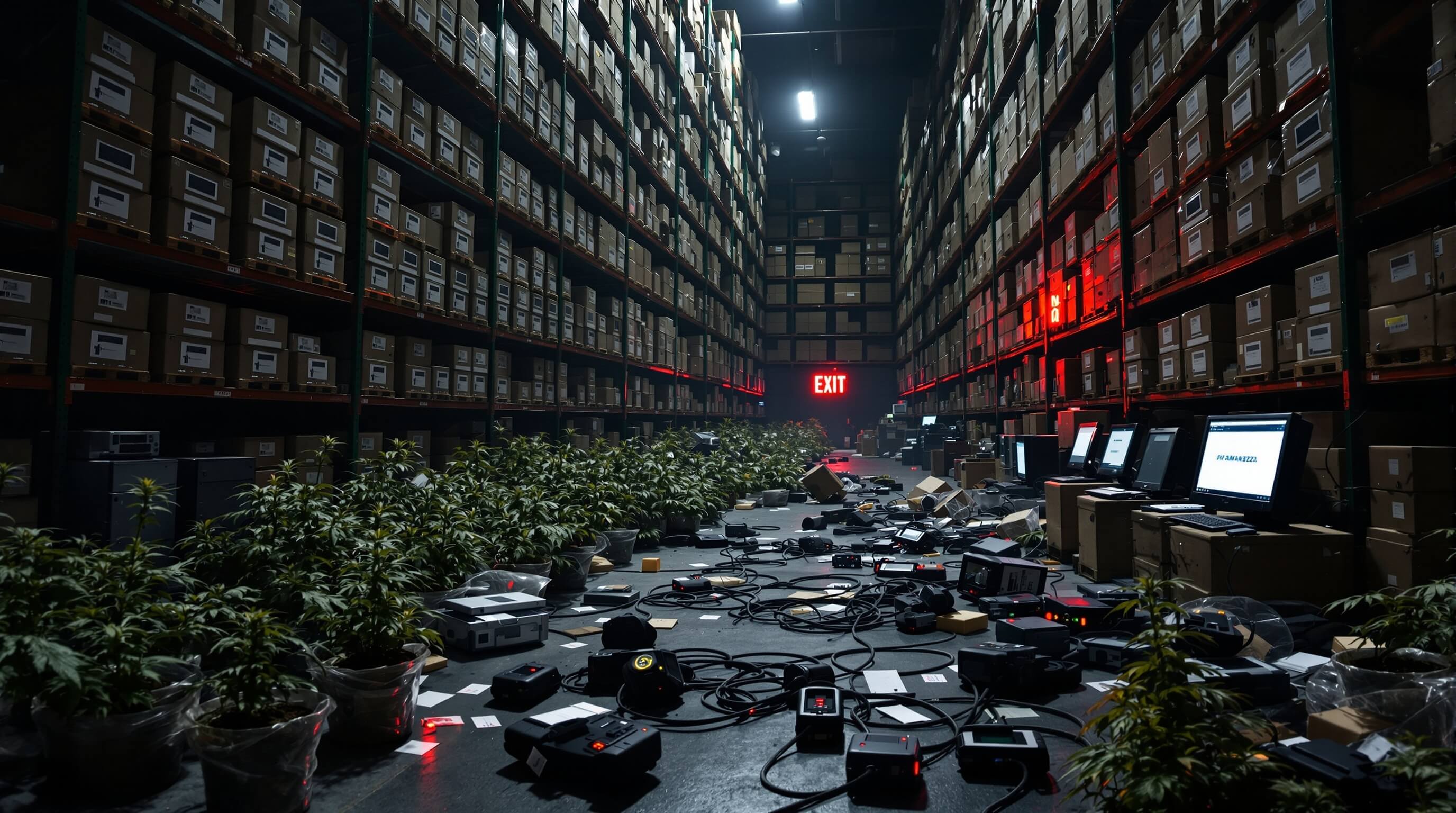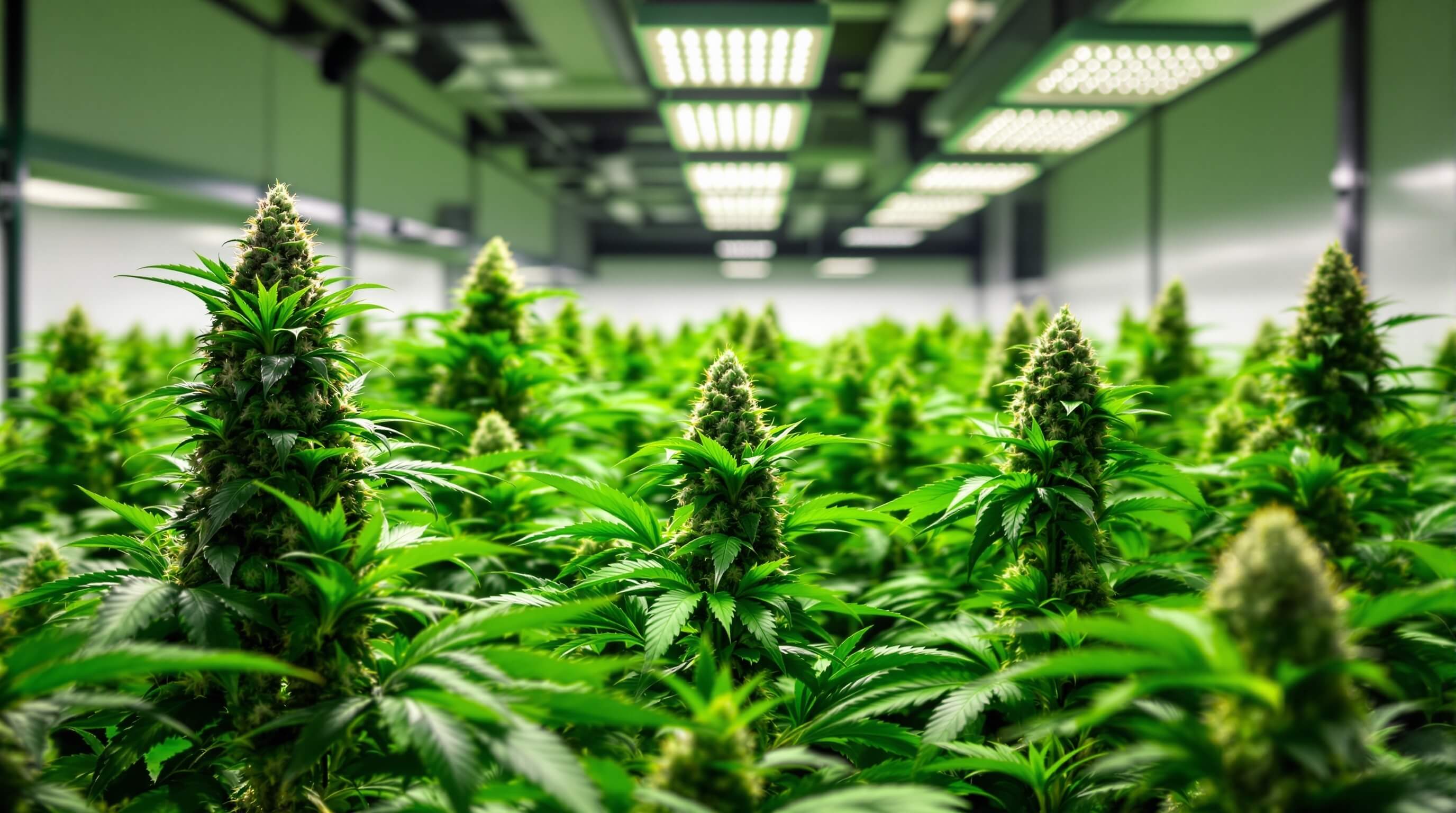Two and a half years after New York launched adult-use cannabis sales, the state still lacks a functioning statewide track-and-trace system, a glaring oversight that has turned what should be a regulated market into something resembling the Wild West. The delayed implementation has sparked widespread confusion, undermined regulatory oversight, and damaged the credibility of what was meant to be a model cannabis program.
Vendor consolidation and contract disputes have emerged as primary culprits behind the system stall. BioTrack, a leading vendor in the space, finds itself entangled in uncertainty over responsibility for the delays. Industry analysts point to a perfect storm of underfunding, understaffing, and political pushback that has created contractor gridlock. These mergers have effectively paralyzed deployment of essential compliance technology, leaving the entire market in limbo.
The consequences for licensed operators have been devastating. Price compression continues to squeeze regulated businesses as they face unfair competition from illicit sellers who bypass all regulations. Business owners lack the necessary compliance data for basic inventory management and reporting functions. Trust between licensees and regulatory agencies has eroded considerably, with operators expressing frustration over lost profits caused by black market infiltration that distorts pricing structures. High regulatory costs and compliance burdens create additional barriers that favor larger operators over smaller cannabis businesses.
Perhaps most alarming is the phenomenon of “marijuana inversion” or illicit out-of-state products flooding New York’s legal market without detection. Finished goods, oils, and bulk flower are routinely diverted into regulated supply chains unnoticed. This untracked merchandise disrupts fair market value and destabilizes prices across the board. Law enforcement and quality assurance measures remain handicapped without real-time tracking data.
The absence of basic tracking infrastructure has forced regulated businesses into an impossible position: competing against cheaper, unlicensed alternatives while bearing the full burden of regulatory compliance costs. Licensed operators experience operational difficulties due to complete lack of visibility into product origins and movement throughout the supply chain. Despite these challenges, New York’s small businesses still maintain approximately 90% of the legal market share.
National observers express astonishment at New York’s track-and-trace absenteeism in such a major market. The ongoing chaos threatens the state’s reputation as a leader in equity and regulatory innovation. Missed technology rollouts continue damaging regulatory credibility and eroding public trust in the program’s management.
Regulatory representatives acknowledge the missing system’s direct impact on equity, health, and economic goals that formed the foundation of New York’s cannabis legalization effort. Widespread media coverage of these failures amplifies negative perception at the national level, while stakeholders increasingly question the state’s commitment and capacity to effectively police cannabis commerce.
The situation has become an embarrassing cautionary tale rather than the success story New York intended to showcase.










